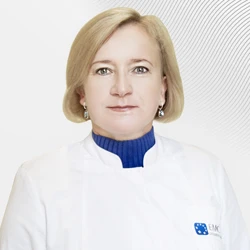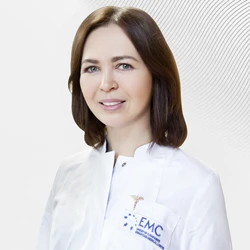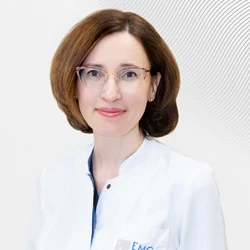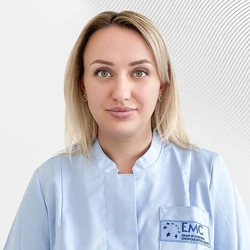The term juvenile scleroderma is used to denote all cases of scleroderma that occurred before the age of 16.
Main symptoms
- Skin changes in the form of thickening or thinning foci
- Sometimes you may be bothered by joint pain without changing the joints externally
- Feeling of weakness, increased fatigue
There is a distinction between limited and systemic scleroderma. Limited scleroderma is a disease limited to the skin and tissues located under the skin, down to the bone structures.Systemic scleroderma is a process that affects not only the skin, but also internal organs.
Diagnostics
Scleroderma is located at the junction of two specialties - dermatology and rheumatology, so the approach to diagnosis and treatment is comprehensive. Protocols for the examination of patients with suspected scleroderma have been developed, including laboratory (specific markers of autoimmune skin inflammation) and instrumental examination of internal organs (ultrasound, radiography, ECG, ECHO-KG, esophagogastroduodenoscopy, etc.), ultrasound dermascanning, skin biopsy are also used.
Treatment
The selection of therapy is based on the results obtained, depending on the prevalence of the process. Local therapy, hormonal therapy with glucocorticoids, cytostatic drugs, antifibrotic therapy, correction of microcirculation with vasodilators, anticoagulants are used.












.webp)




.webp)







